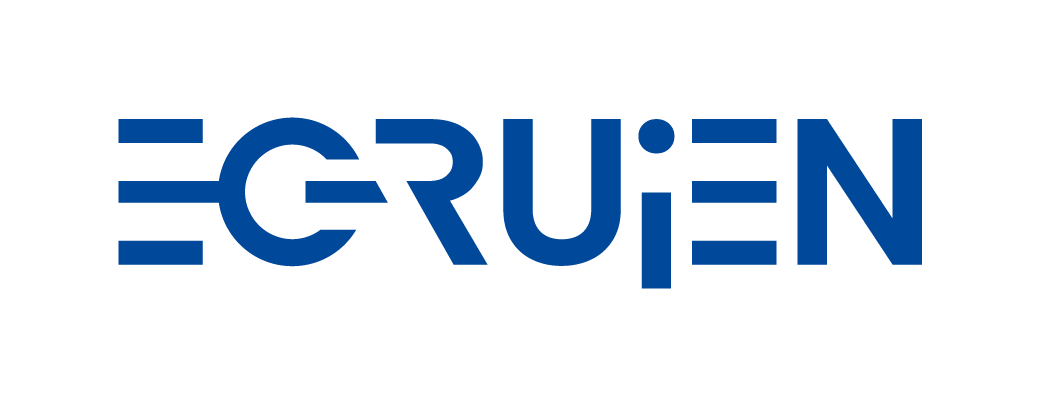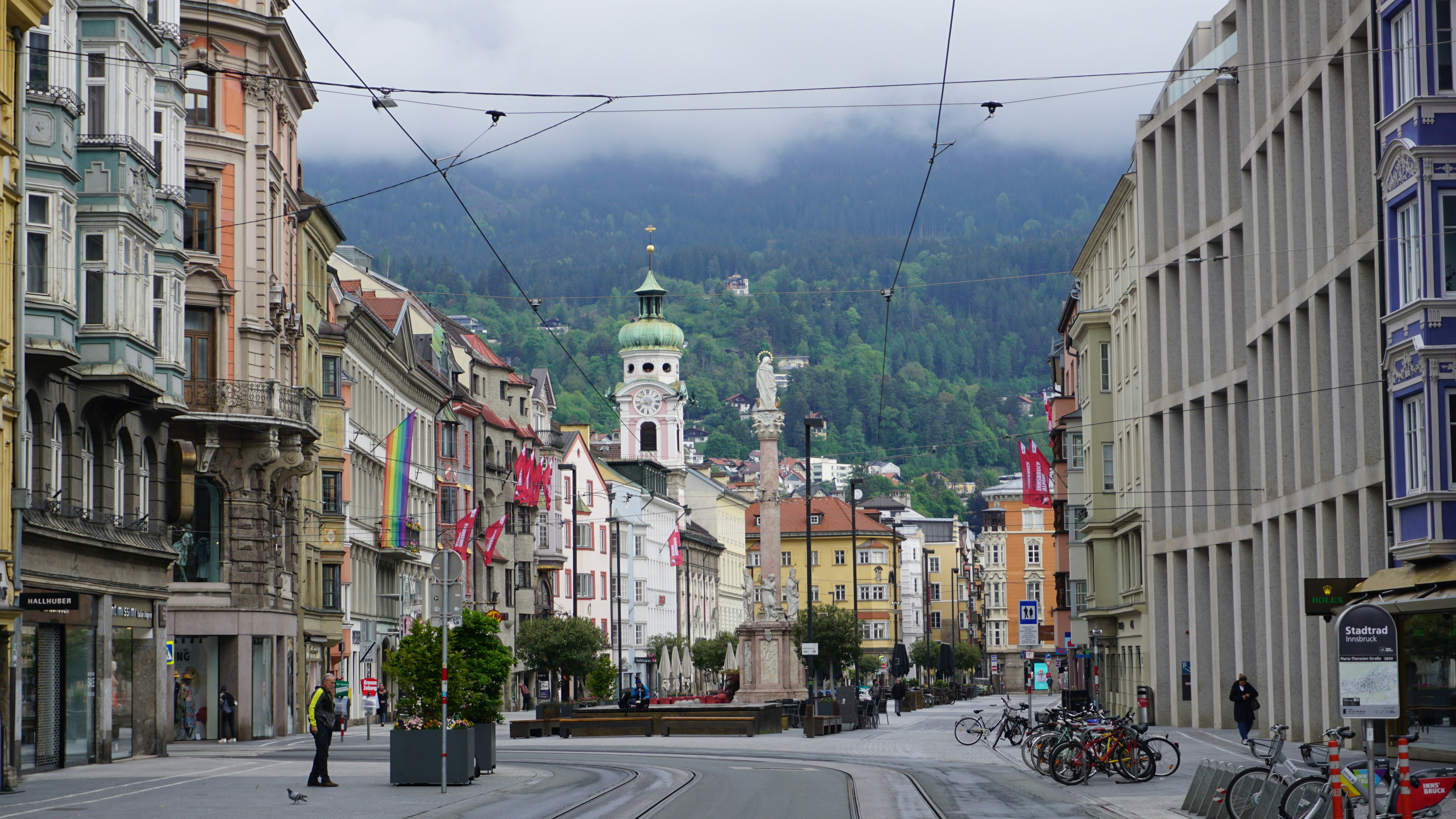Case of Austria: Coordinated market economy
Austria’s coordinated market economy has long relied on its strong tripartite social partnership system, which institutionalises cooperation, negotiation, and consensus between employers, employees, and the state. While union density has declined from over 50% in the 1980s to around 27–28% today, collective bargaining coverage remains nearly universal at 95–98%, sustained by compulsory chamber (AK and WKO) memberships. This corporatist framework has cushioned Austria during major crises, including 2008 and COVID-19, when short-time work schemes preserved employment and limited job losses. Yet liberalisation since the 1990s and political disruptions such as the ÖVP/FPÖ coalition weakened the influence of organised labour. In new policy areas like climate change and digitalisation, corporatist advisory patterns remain strong but more pluralised, with NGOs and civil society entering debates. Unions often resist ambitious climate policies for fear of job losses, such as in the case of energy production, and their role in digitalisation has been inconsistent, with contested cases around platform regulation and algorithmic tools in the labour market linked in part also to the ambiguous employment status of workers in the sector.
Automotive production: Historically a supplier hub rather than a centre of automotive production, Austria’s auto industry restructured after the 1980s crisis to become highly export-oriented and innovation-driven with dependency to the European supply chains. With clusters in Styria, Upper Austria, and Vienna, the sector now employs about 35,700 directly and supports over 200,000 jobs indirectly in the economy. Electrification and digitalisation are reshaping the industry, with suppliers investing in battery technologies and lightweight materials, but strategic decisions remain tied to foreign parent companies elsewhere. While collective bargaining coverage is close to total, unions have been cautious in balancing green transition goals with concerns about job security.
Energy production: Austria’s energy system shifted from coal to hydropower after WWII and clearly solidified its anti-nuclear stance with the 1978 Zwentendorf referendum. Liberalisation in the late 1990s opened the electricity market, creating competition but also job insecurity in what used to be a highly protected public sector. Today, about 75% of electricity in Austria comes from renewables, with hydropower (55%) still dominant, complemented by wind and solar. Privatisation spurred green investment but weakened job protections, pushing unions to demand “just transition” measures and retraining. Digitalisation is increasingly central to grid management and decentralised energy communities as well as smaller providers, though unions remain wary of rising energy poverty and insecure employment in a liberalised environment.
Long-term care (LTC): Emerging as a crucial policy field in the 1990s, LTC was shaped by the universal care allowance of 1993, which encouraged reliance on informal and live-in care delivered predominantly through intra-EU mobility via foreign carers. As of 2024, roughly 57,000 active live-in carers supported about 28,000 families, with about a total formal employment of about 70,000 workers in the sector. The system remains fragmented, dominated by residential care and marked by chronic staff shortages in both institutional and live-in care settings. Unionisation is relatively high in non-profit and public institutional providers but is far lower in for-profit care and among live-in carers, who mostly work as self-employed. Digitalisation promises efficiency gains, yet broader sustainability challenges include the ecological footprint of migrant care commuting and the financial strain of rising expenditures.
On-demand transport/taxi services:Austria’s taxi industry, once regulated through licence caps, was transformed first by liberalisation in the late 1980s and later by platform disruption from Uber and Bolt in the 2010s. The sector includes about 22,000 drivers, but union density is extremely low (under 1%), leaving drivers exposed to precarious working conditions. The state responded with the 2019 “Uber-Gesetz,” creating unified regulations to curb unfair competition due to the increasing involvement of platform companies in the sector. While platform digitalisation has altered the industry, the upcoming 2025 electrification mandate in Vienna also pushes fleets towards green transition. With limited involvement of social partners, the sector illustrates Austria’s difficulty in reconciling digital and ecological transitions in weakly institutionalised and heterogenous industries.


